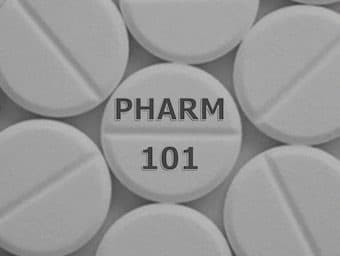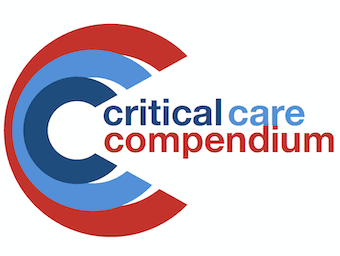
Pharm 101: Erythromycin
ACEM Primary Pharmacology of Erythromycin: the Pharmacokinetics; Pharmacodynamics; Clinical uses; Adverse effects

ACEM Primary Pharmacology of Erythromycin: the Pharmacokinetics; Pharmacodynamics; Clinical uses; Adverse effects

ACEM Primary Pharmacology of Ceftriaxone: the Pharmacokinetics; Pharmacodynamics; Clinical uses; Adverse effects

ACEM Primary Pharmacology of Azithromycin: the Pharmacokinetics; Pharmacodynamics; Clinical uses; Adverse effects

Ciprofloxacin: quinolone antibiotic; inhibition of enzymes required for bacterial DNA replication, transcription, repair and recombination.

Antibiotic guidelines vary between ICUs. This variation is based on local causes of infections, resistance patterns, availability and patient factors. However, the principles of appropriate use of antibiotics are universal... as are the common errors!

Co-trimoxazole: 2 antibiotics (sulfamethoxazole and trimethoprim) -> blocks two consecutive steps in the biosythesis of nucleic acids and proteins essential to bacteria.

Gentamicin; aminoglycoside; irreversible binding to bacterial ribosomal proteins -> inhibits protein synthesis; Antimicrobial cover: gram negative rods (including Pseudomonas)

carbapenem (imipenem + cilastatin); inhibition of bacterial cell wall synthesis; cilastatin reduces renal metabolism -> increases effective concentration and decreases nephrotoxicity

Meropenem: carbapenem; inhibits cell wall synthesis; empiric treatment for severe sepsis

Benzylpenicillin: penicillin antibiotic; inhibition of cell wall synthesis

Ceftriaxone: 3rd generation cephalosporin; inhibition of cell wall synthesis: gram –ve rods (except Pseudomonas); gram +ve cocci (except Methicillin resistant and group D streptococci)